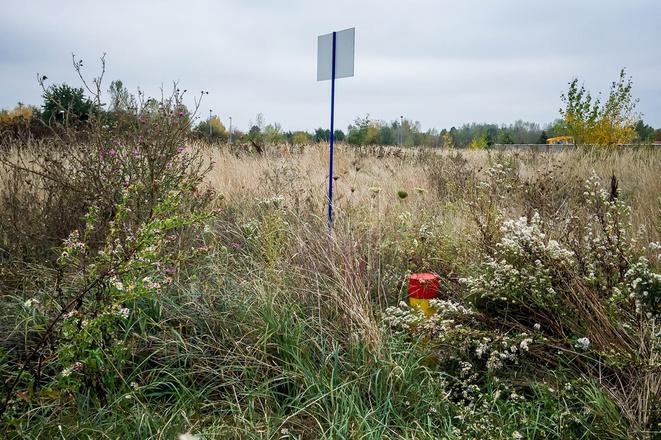The caretaker government of Prime Minister Ludovít Ódor authorised the Environment Ministry to take all steps to continue the remediation of the toxic waste dump in the Bratislava borough of Vrakuňa, one of the biggest environmental burdens from the communist regime. The ministry will thus continue with the encapsulation project, i.e. the construction of a sealing underground and the subsequent purification of groundwater.
“The remediation of environmental burdens is not an area where we can afford to just heat and light,” said Environment Minister Milan Chrenko as cited in the press release. “From the first day I took office, we have been working hard to figure out how to get the toxic legacy cleanup back on track. This is about protecting people’s health. This must be an absolute priority for any government.”
The previous environment minister, Ján Budaj, did not like the proposed encapsulation project. He considered it a very expensive but temporary solution and was proposing a new project – the complete removal of the waste dump, to be prepared by March 2024, the Hospodárske Noviny daily has reported.
In late June, with the procured contractor of the encapsulation project the Environment Ministry, under the new minister, signed an amendment to the original contract that would have expired on 30 June.
If they had not signed the amendment, the existing building permit and related documentation would have lost their legal validity and the process would have had to start anew, the Envisan Association, grouping all relevant companies specialising in environmental remediation, noted for the SITA newswire.
The cost of the encapsulation, originally projected to be completed in 2023, was estimated at about €25 million. Due to increasing costs, the new price of the project is €33.3 million without VAT. The Environment Ministry plans to co-finance project from EU funds.
The work itself should take about three years. But first the Environment Ministry must secure financing and resolve the problematic legal relationship to part of the affected land.
Toxic legacy
The Vrakuňa chemical dump, which began life as an official waste site, was used by the chemical company Chemické Závody Juraja Dimitrova (CHZJD). It was constructed in part of a dried-up branch of the Little Danube river in 1966 and closed down in 1979. About 120,000 cubic metres of chemical waste were dumped. Later, it was covered with an inert material. After 1989’s Velvet Revolution, CHJZD was transformed into Istrochem and later privatised. In the process of these transfers it became unclear who was responsible for the toxic waste.
After the hydropower station on the Danube River in Gabčíkovo was put into operation in 1992, the level of underground water started to increase. It gradually reached the level of the contaminated soil as well as chemical waste, and the pollution contaminated the local ground water. As a consequence, locals have not been able to use water from their wells since 2002.



 The meadow in Bratislava's Vrakuňa under which is a toxic waste dump. (source: Sme archive)
The meadow in Bratislava's Vrakuňa under which is a toxic waste dump. (source: Sme archive)